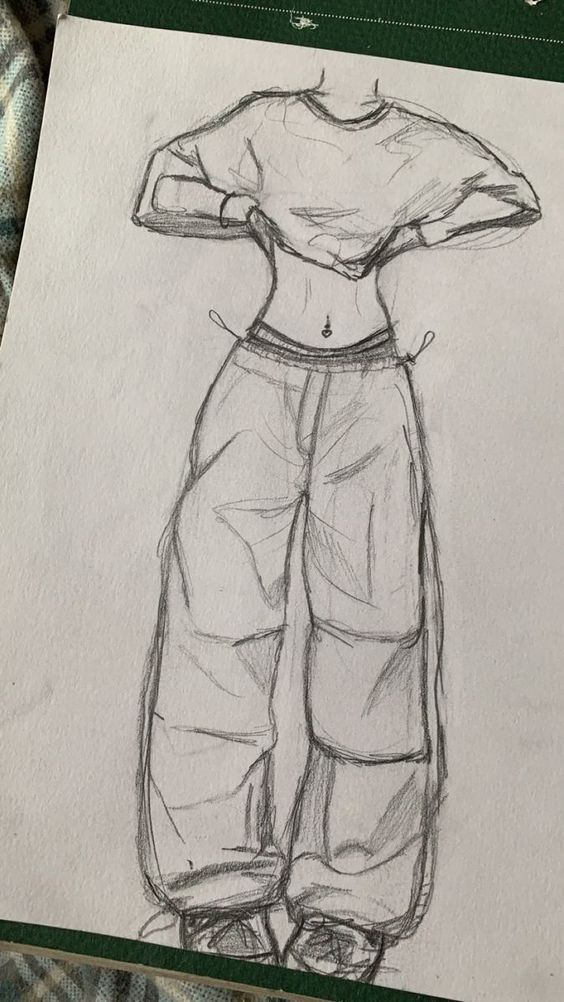The Art of Sketching Ideas: A Creative Journey from Mind to Paper
In the world of creativity, sketching ideas is a fundamental skill that transcends artistic boundaries. Whether you're an artist, designer, engineer, or just someone who loves to visualize concepts, sketching serves as a bridge between imagination and reality. It’s a dynamic process that captures the essence of an idea, allowing it to evolve and take shape. But what makes sketching such a powerful tool for idea generation and development? Let's delve into the art of sketching and explore how it can transform fleeting thoughts into tangible concepts.
The Power of Visualization
At its core, sketching is about visualization. It’s a way to externalize your thoughts, giving form to abstract ideas that might otherwise remain intangible. When you sketch, you’re not just drawing lines on paper; you’re mapping out your thoughts, exploring possibilities, and refining concepts. This visual process is crucial because it allows you to see your ideas from different perspectives, making it easier to identify potential flaws or areas for improvement.
Sketching as a Thinking Tool
Sketching is more than just a creative exercise; it’s a powerful thinking tool. When you start sketching an idea, you engage both your analytical and creative faculties. The act of putting pen to paper forces you to make decisions about form, structure, and function. These decisions help clarify your thinking and often lead to new insights that you wouldn’t have discovered through verbal or written brainstorming alone.
For instance, a product designer might start with a rough sketch of a new gadget, focusing on its basic shape and functionality. As they sketch, they might realize that certain design elements need to be adjusted for practicality or aesthetic reasons. This iterative process of sketching and refining allows the designer to explore multiple solutions quickly, arriving at a more effective design in the end.
Embracing Imperfection
One of the most liberating aspects of sketching is the freedom to be imperfect. Unlike finished drawings or digital designs, sketches are meant to be rough and spontaneous. They capture the essence of an idea without getting bogged down in details. This imperfection is not only acceptable but encouraged, as it allows for greater creative freedom.
When you let go of the need for perfection, you open yourself up to a wider range of possibilities. Your sketches become a playground for experimentation, where mistakes can lead to unexpected breakthroughs. This mindset is particularly valuable during the early stages of idea development, where the goal is to generate as many ideas as possible without worrying about execution.
The Role of Sketchbooks
A sketchbook is more than just a collection of drawings; it’s a repository of ideas. It’s a space where you can freely explore concepts, jot down notes, and experiment with different styles. Over time, your sketchbook becomes a visual diary of your creative journey, documenting the evolution of your ideas from inception to realization.
Keeping a sketchbook also encourages consistency in your creative practice. By making a habit of sketching regularly, you train your mind to think visually and stay attuned to new ideas. This regular practice can lead to a deeper understanding of your creative process and help you develop a unique visual language.
From Sketch to Finished Product
While sketches are valuable in their own right, they also serve as a foundation for more polished work. Many artists and designers use their initial sketches as a springboard for more detailed drawings, digital renderings, or physical prototypes. The sketch acts as a blueprint, guiding the development of the final product.
For example, an architect might begin with a series of rough sketches to explore different design concepts for a building. Once they’ve settled on a direction, they can create more detailed drawings, 3D models, and eventually, construction plans. The initial sketches, while simple, play a crucial role in shaping the final outcome.
Tips for Effective Sketching
Start Simple: Begin with basic shapes and lines. Don’t worry about details initially; focus on capturing the main idea.
Use References: If you’re stuck, look at reference images or objects. They can inspire new ideas and help you visualize complex forms.
Stay Loose: Keep your hand relaxed and your lines fluid. This will make your sketches feel more dynamic and less constrained.
Embrace Mistakes: Don’t erase every mistake. Sometimes, those imperfections can lead to new ideas or add character to your sketch.
Practice Regularly: The more you sketch, the better you’ll get. Make it a daily habit, even if it’s just for a few minutes.
Experiment: Try different tools, styles, and techniques. Experimentation can lead to unexpected discoveries and keep your creative process fresh.
Conclusion
Sketching ideas is a versatile and powerful tool for anyone involved in creative work. It allows you to visualize, explore, and refine concepts in a way that other forms of thinking simply can’t match. Whether you’re an experienced artist or a beginner, embracing the art of sketching can open up new avenues of creativity and help you bring your ideas to life. So, grab a pen and paper, let go of perfection, and start sketching—your next great idea might just be a few lines away.
#sketching






